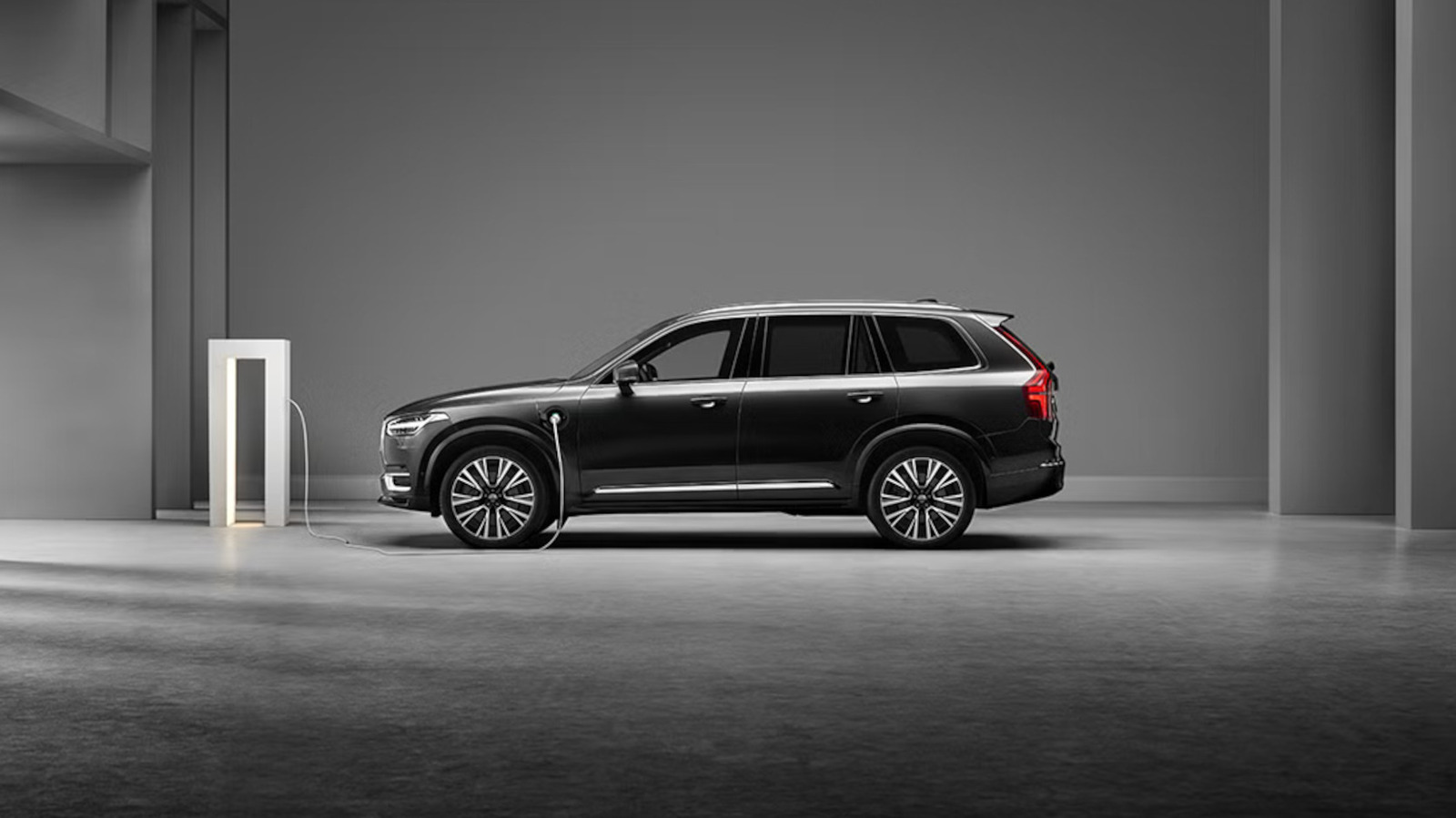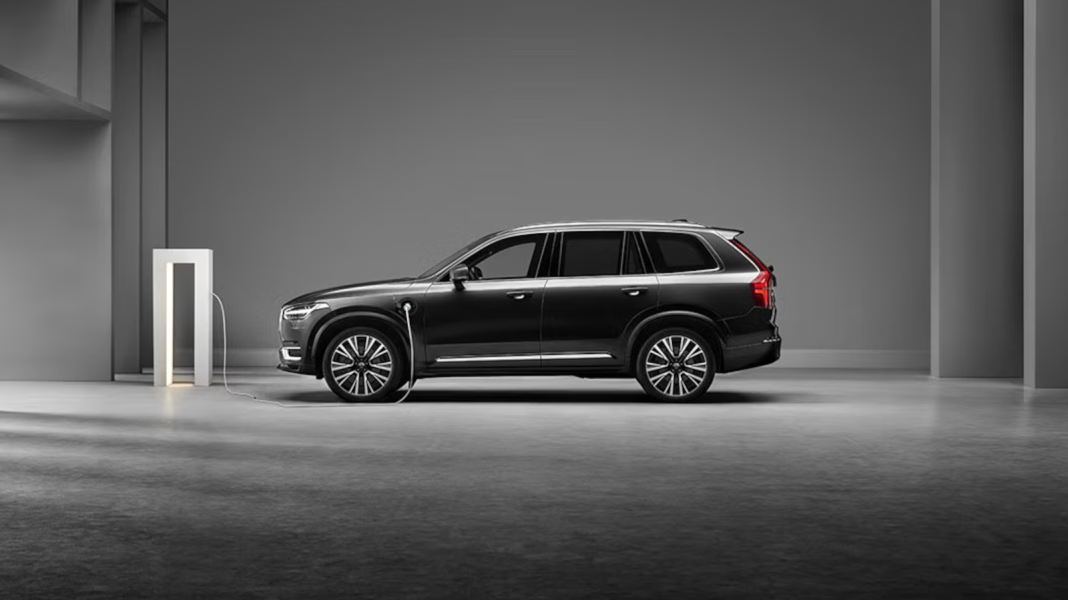How Does Volvo Transform a Standard SUV Into an Armored Fortress?
Ever wondered what it takes to turn an everyday family SUV into something that could withstand a barrage of bullets or even a small explosion? Volvo, a brand already synonymous with safety, has taken things up a notch by revealing the meticulous process behind their armored vehicles. This isn’t just a matter of slapping on some heavy metal panels. It’s a symphony of engineering, precision, and a little bit of old-school craftsmanship.
What Special Materials Go Into Armoring a Volvo?
The backbone of any armored vehicle is the material. Volvo doesn’t just use off-the-shelf steel. Instead, they rely on ballistic-grade steel and composite materials, carefully sourced and rigorously tested. The steel is cut using water jets—no heat, no warping, just clean, precise lines. This ensures every panel fits perfectly, maintaining the car’s original structure and integrity.
But it’s not just about metal. Transparent armor, better known as bullet-resistant glass, replaces the standard windows. These aren’t your average thick panes; they’re multi-layered sandwiches of glass and polycarbonate, designed to stop high-velocity rounds while still letting in plenty of light. The result? Pure magic. You get the protection without feeling like you’re driving a tank.
How Does Volvo Balance Weight and Performance?
One of the trickiest challenges in armoring a vehicle is weight. Add too much, and you end up with a sluggish, fuel-guzzling beast. Volvo’s engineers work closely with suppliers to use lighter, stronger materials wherever possible. For example, they might reinforce only the most vulnerable areas—like the doors and undercarriage—while leaving other parts untouched.
To compensate for the extra heft, Volvo upgrades the suspension, brakes, and even the tires. Think run-flat tires that can keep rolling after a puncture, and beefed-up brakes that bring all that extra mass to a safe stop. The result is a vehicle that still handles like a Volvo, even with all the added protection.
What Kind of Testing Ensures These Cars Are Truly Safe?
It’s one thing to claim a car is bulletproof. It’s another to prove it. Volvo’s armored vehicles go through a battery of tests, from live-fire exercises to simulated explosions. The company follows international standards like VPAM and BRV, which set strict guidelines for ballistic and blast resistance.
But the testing doesn’t stop at the factory. Independent labs are brought in to verify the results, ensuring there’s no room for error. According to a 2023 report from the European Ballistics Institute, vehicles meeting these standards can withstand attacks from high-powered rifles and even certain types of grenades. That’s peace of mind you can’t put a price on.
Who Actually Buys Armored Volvos, and Why?
You might picture diplomats or celebrities behind the wheel of these rolling safe rooms, and you’d be right—but they’re not the only ones. In recent years, Volvo has seen growing demand from business leaders, journalists, and even families living in regions with higher security risks.
One executive from Volvo’s special vehicles division shared a story about a client in South America who needed protection for his children’s daily commute. The solution? An armored XC90 that looked completely ordinary from the outside, blending in with traffic while providing top-tier security. Sometimes, safety is about not standing out.
How Does Armoring Affect Everyday Comfort and Tech Features?
You’d think all that armor would make the ride noisy, cramped, or stripped-down. Not so. Volvo goes to great lengths to preserve the original comfort and tech features. The climate control system is upgraded to handle the extra insulation, and all the usual luxuries—panoramic sunroof, premium sound, advanced driver aids—are retained.
In fact, many owners report that the ride feels even quieter, thanks to the extra layers of material. The only real giveaway? Doors that close with a satisfying, vault-like thunk.
What’s the Real Cost—And Is It Worth It?
There’s no sugarcoating it: armoring a vehicle isn’t cheap. Depending on the level of protection, costs can easily double the price of a standard SUV. But for those who need it, the investment is less about luxury and more about peace of mind.
Insurance companies have started to recognize this, offering specialized policies for armored vehicles. And with the rise in global security concerns, demand is only expected to grow. According to a 2023 industry report by Allied Market Research, the global armored vehicle market is projected to reach $27 billion by 2030, with civilian models making up a significant slice.
The Big Takeaway? Security Isn’t About Perfection—It’s About Smarter Adjustments
Volvo’s approach to armoring isn’t about creating an impenetrable fortress. It’s about making intelligent, targeted upgrades that let you live—and drive—without fear. Start with one change this week, whether it’s upgrading your own car’s safety features or simply learning more about the options out there. You’ll likely spot the difference by month’s end.


